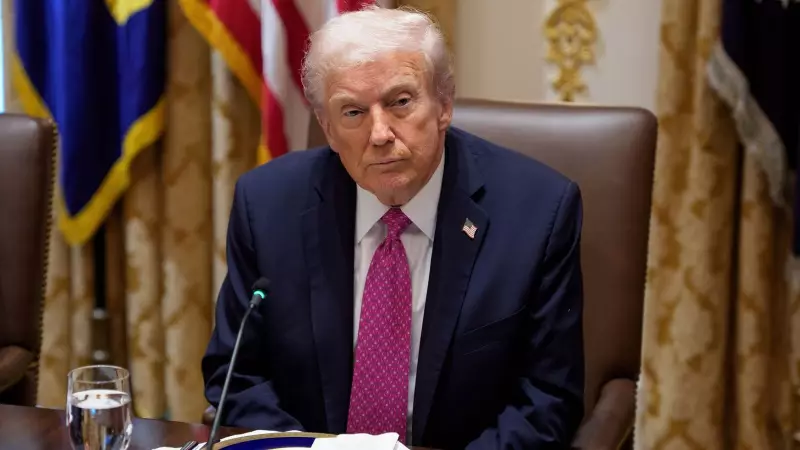
The International Monetary Fund has issued a crucial warning for Asian economies: deepen regional trade integration or face heightened vulnerability to global shocks, including potential new tariffs from a returning Trump administration.
The Looming Threat of Protectionism
With former US President Donald Trump threatening widespread tariff increases if re-elected, the IMF believes Asian nations cannot afford to maintain their current trade dependencies. The region's export-oriented economies remain particularly exposed to Western protectionist policies that could disrupt global supply chains.
Asia's Economic Vulnerability Exposed
"Asian economies are significantly more vulnerable to global financial shocks today than they were during the 2008 global financial crisis," stated the IMF in its latest regional assessment. The fund's analysis reveals that despite two decades of growth, the region's interconnectedness with volatile global markets has created new risks.
The Integration Imperative
The IMF's solution is clear: accelerate regional trade integration. By strengthening intra-Asian trade relationships and supply chains, the region can create a buffer against external economic pressures. This means:
- Reducing reliance on Western markets for exports
- Strengthening regional value chains
- Harmonizing trade standards and regulations
- Boosting cross-border investment within Asia
Beyond Trump: Broader Global Risks
While Trump's tariff threats provide immediate urgency, the IMF notes that Asia faces multiple challenges including geopolitical tensions, climate change impacts, and persistent inflation. Regional integration offers protection against all these interconnected threats.
The Path Forward
Countries like India, China, Japan, and Southeast Asian nations must prioritize regional trade agreements and infrastructure projects that facilitate smoother cross-border commerce. The IMF suggests that existing frameworks like RCEP (Regional Comprehensive Economic Partnership) need deeper implementation and expansion.
As the global economic landscape becomes increasingly unpredictable, Asia's future stability may depend on how quickly and effectively it can build stronger economic bridges within its own neighborhood.





